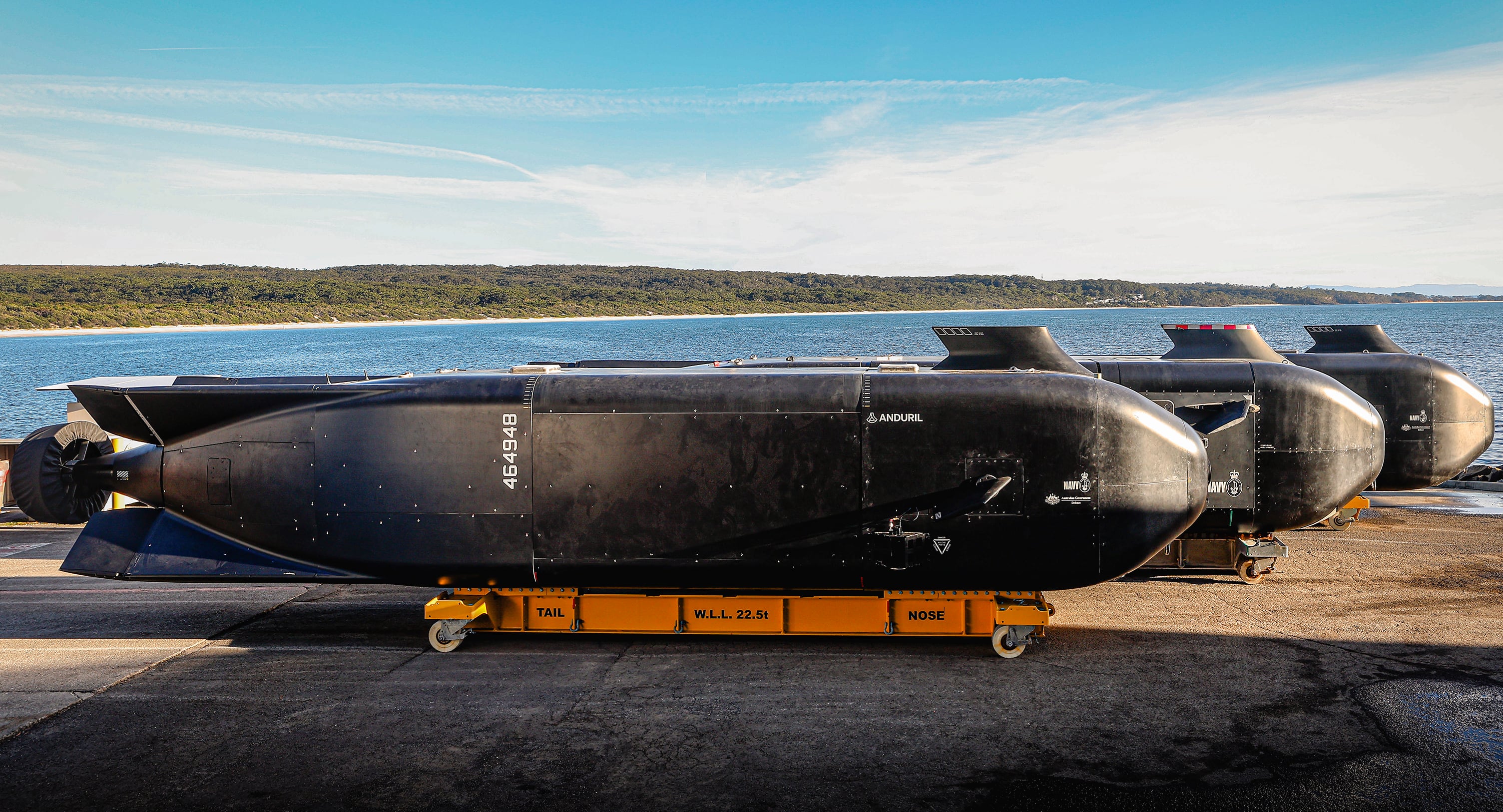Australian Government Announces $1.1 Billion Underwater Drone Fleet Expansion
On September 22, 2025, the Australian government announced a AU$1.1 billion expansion of its underwater drone fleet, aiming to bolster maritime security and deter Chinese naval activity in the Indo-Pacific region.

Australia has unveiled a major investment in autonomous undersea warfare, announcing on September 22, 2025, a AU$1.1 billion commitment to expand its fleet of underwater drones. The move is widely interpreted as a direct response to rising tensions with China and the growing need for advanced maritime surveillance and deterrence capabilities in the Indo-Pacific.
Strategic Context and Regional Tensions
The announcement comes amid heightened military activity in the region, with Australia, the U.S., and Japan conducting joint exercises such as Orient Shield, reflecting deepening trilateral defense ties. According to Stars and Stripes, these exercises are designed to counter China's assertiveness in the South and East China Seas, as well as its stated ambitions regarding Taiwan. The Australian government’s investment in dozens of autonomous submarines is seen by independent defense analysts as a significant step to relieve operational pressure on the country’s limited number of crewed submarines and to enhance persistent surveillance of contested waters.
Capabilities and Industry Implications
The underwater drones, described by Global Defense Corp as autonomous submarines, are expected to provide Australia with a cost-effective means of monitoring and deterring foreign naval vessels, particularly Chinese warships. The drones are designed for extended missions without human crews, allowing for continuous patrols and rapid response to incursions. Industry sources note that this investment aligns with broader trends in the Asia-Pacific, where rising defense budgets and technological innovation are fueling rapid growth in unmanned systems. DataM Intelligence reports that Australia’s Ghost Shark program, valued at US$1.1 billion, is a key part of this regional shift toward autonomous undersea capabilities.
Oversight, Transparency, and Concerns
While the Australian government touts the expansion as a necessary modernization of its defense posture, independent observers have raised questions about oversight, transparency, and the potential for escalation. There is limited public information on the operational parameters, rules of engagement, and data privacy safeguards associated with the new drone fleet. Critics warn that increased automation in military systems could lower the threshold for conflict and complicate crisis management, especially in contested maritime zones where miscalculation is a persistent risk.
Broader Defense and Geopolitical Impact
The underwater drone expansion is part of a broader pattern of military modernization across the Indo-Pacific. Australia’s move follows similar investments by the U.S., Japan, and China in unmanned maritime systems. Defense analysts suggest that the proliferation of autonomous platforms could reshape naval strategy, shifting the balance of power and introducing new challenges for arms control and regional stability. As Australia deepens its defense partnerships and invests in cutting-edge technology, the region faces an uncertain future marked by both deterrence and the risk of unintended escalation.
Sources
-
OpenPR
Unmanned Aerial Vehicle (UAV) Industry Growth Is U...
-
Global Defense Corp
Australia purchases dozens of autonomous submarine...
-
Navy Lookout
BAE Systems' concepts for Royal Navy's Future Air...
-
Asia Pacific Defence Repo...
Air & Space - Asia Pacific Defence Reporter
-
Stars and Stripes
Orient Shield training in Japan adds Australian tr...
-
CMS Strategic
Weekly Defence Rundown 15th – 21st September 2025
-
Soldier Systems
Soldier Systems
-
Asia Pacific Defence Repo...
Vection wins $22 million deal with NATO-approved p...